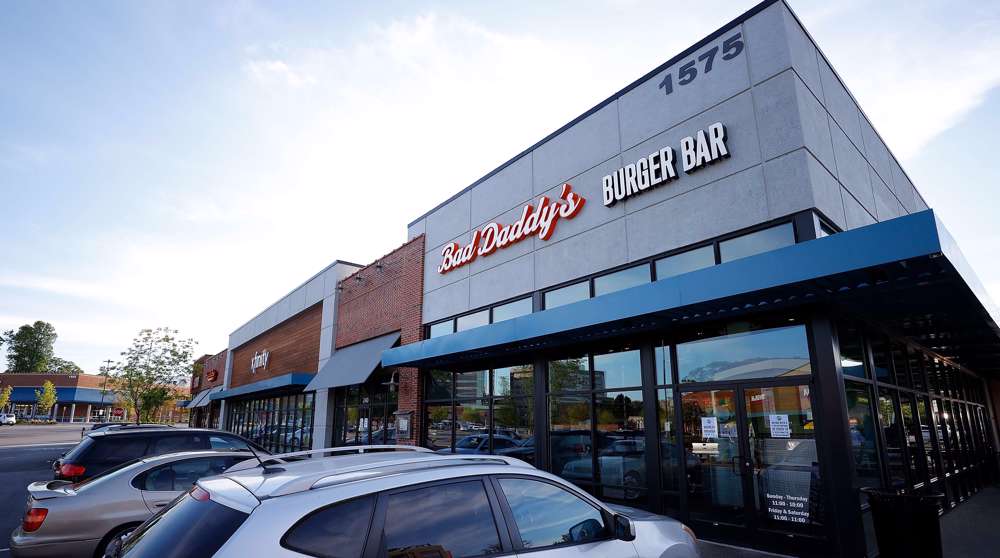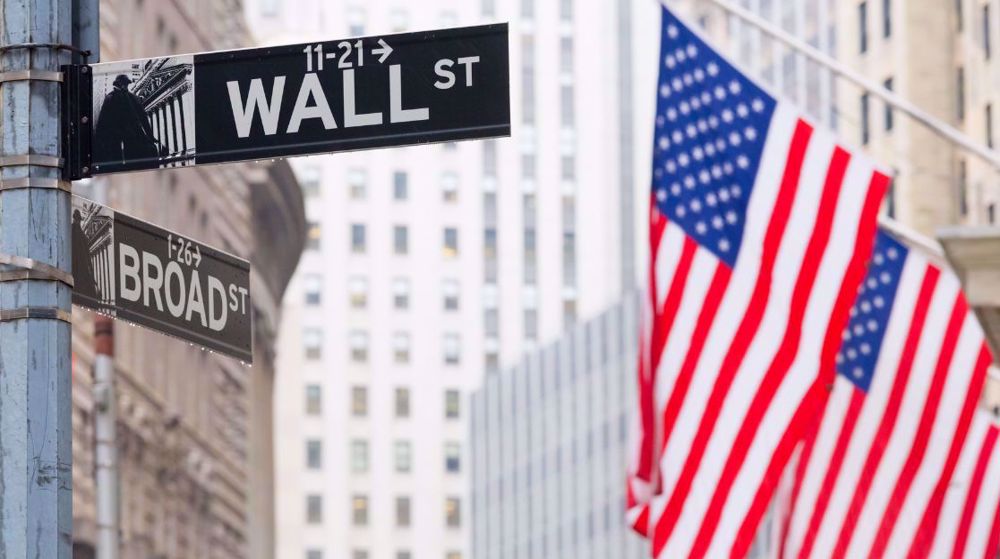US economy contracted most since Great Recession over coronavirus
The US economy contracted in the first quarter at its sharpest pace since the Great Recession as businesses across the country shut down and laid off tens of millions of workers to slow the spread of the coronavirus pandemic.
The US Commerce Department is expected to estimate on Wednesday that the gross domestic product shrank at an annual rate of 5 percent or more in the January-March quarter.
The first-quarter GDP underscores how dark the outlook has grown and how much worse the current April-June quarter could get as the coronavirus pandemic inflicts devastating damage.
“The economy is in free fall, we could be approaching something much worse than a deep recession,” said Sung Won Sohn, a business economics professor at Loyola Marymount University in Los Angeles.
“It’s premature to talk about a recovery at this moment, we are going to be seeing a lot of bankruptcies for small and medium sized businesses,” Sohn said.
The anticipated contraction in GDP, together with record unemployment, could pile pressure on states and local governments to reopen their economies. But reopening the economy also comes with the risk of unleashing a second wave of new infections and a return to lockdowns.
The Congressional Budget Office has estimated that GDP will plunge in the current quarter by a 40 percent annual rate, the worst quarter since such records were first recorded in 1947.
“You are going to get close to 40% contraction in the second quarter,” said Joe Brusuelas, chief economist at RSM in New York. “It’s important that when we talk of reopening, we are not talking about it in a binary fashion. It’s not going from zero to one or flipping the switch. Firms are opening, but still heavily constrained by public health policy.”
Most economists have rejected the idea of a swift economic rebound, or V-shaped recovery, arguing that many small businesses will disappear and millions of Americans who have filed for unemployment benefits are unlikely to find jobs.
“The virus has done a lot of damage to the economy, and there is just so much uncertainty now,” said Mark Zandi, chief economist at Moody’s Analytics.
VIDEO | Yemenis praise the military for its successful operations against Israel
VIDEO | Israel continues to bomb Gaza homes
VIDEO | An insider's view of the country: Meybod City in Yazd
‘All wars have rules. All of those rules have been broken’ by Israel
VIDEO | Report flags India’s violation of rights of Rohingya detainees
Turkey's foreign minister meets Syria's de facto leader in Damascus
VIDEO | US Syria plots
'Next to impossible' to rescue patients from Gaza's Kamal Adwan Hospital: Director










 This makes it easy to access the Press TV website
This makes it easy to access the Press TV website